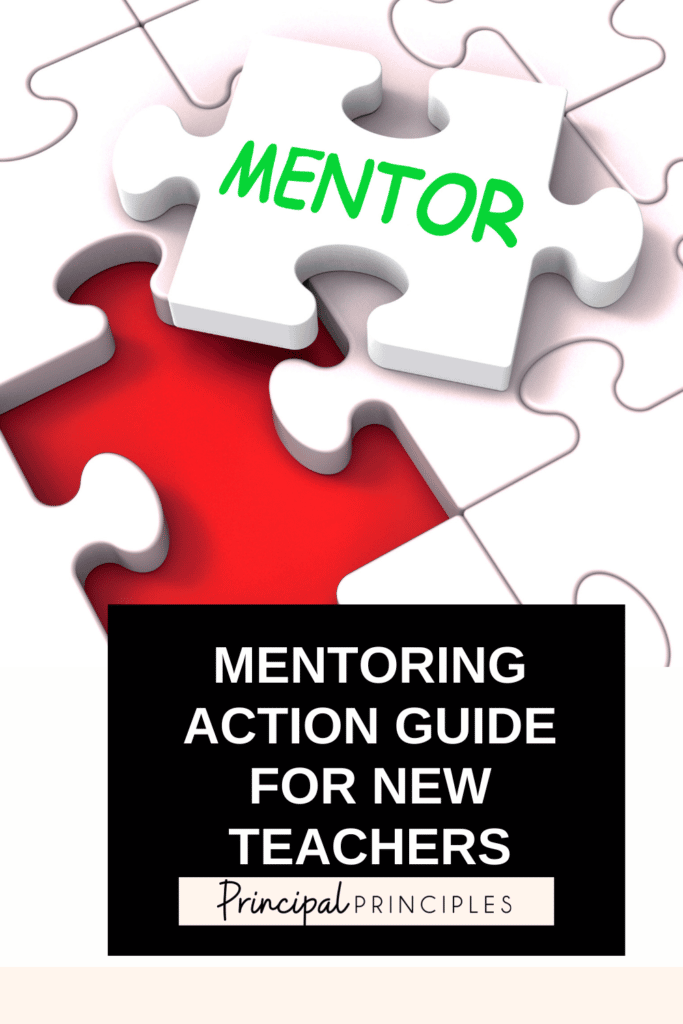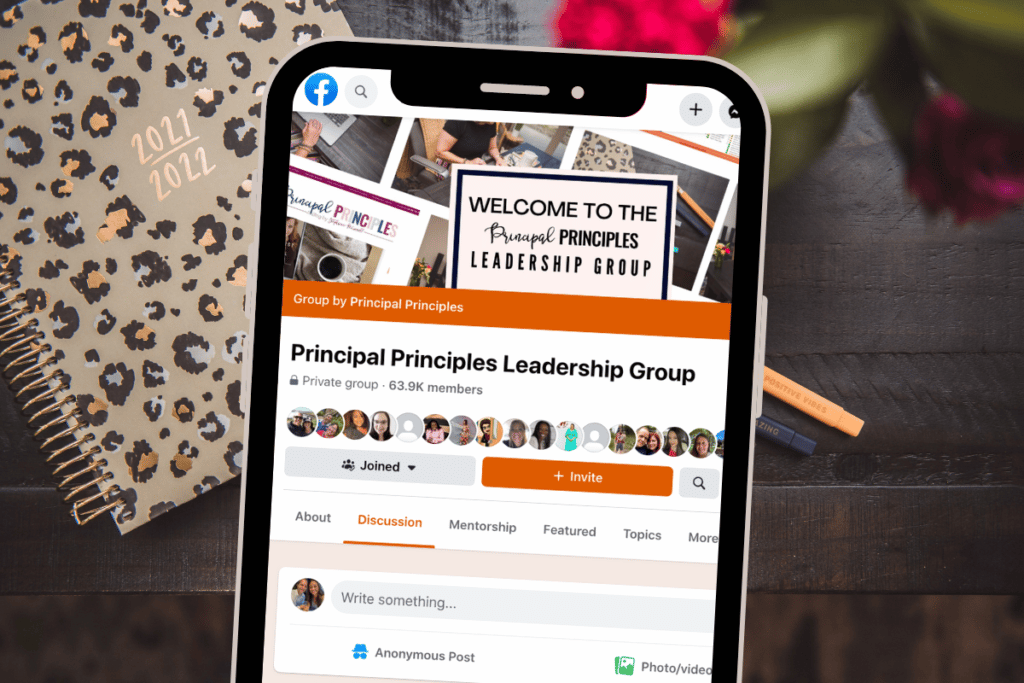

After serving in an administrative capacity for 10 years, I have had the opportunity to meet many leaders from other schools. I’m constantly reading books, articles and blogs from well-known authors on school leadership and applying what I read. I do my own research and spend countless hours in “self development” to find the very best strategies to have a successful school. The 8 common traits in successful school were complied by me through my experiences but no official research, studies or surveys done. So with that being said, your common traits could be slightly different from mine.
Here are my eight common traits found in successful schools:
Number 1 is strong leadership. Hopefully, the strong leadership is coming from the principal in the form of a solid instructional leader who provides the vision for the school. A strong leader must have strong knowledge of school programs, data, schedules, children and teacher needs. A strong leader is involved and present. He/she also supports the teachers. Teachers have tough jobs and they need our support to take risks and be motivated. Don’t ask your teachers to do something you wouldn’t do yourself. A strong leader is not separate from the team but more of a cheerleader and coach of the team.
I shared a lot about data analysis yesterday. You can read more about data just by clicking here. I shared tons of tips to use data to monitor progress.
We all know it takes more knowledge and skill to teach students who struggle in learning than it does to teach students who do not. We must have a plethora of strategies ready to tackle any given situation or subject area. That all takes a well designed professional development plan for the campus. I would love to see more differentiated professional development experiences for teachers. For example, do you really feel an 18 year teacher needs the same professional development as a first and second year teacher? I don’t. However, I’m guilty of doing it as a principal. Professional development is a critical component to the overall performance of a school. Let’s try and refocus on professional development this school year on current, research-based programs and strategies that help our teachers and students. Let’s don’t put more on their plates. Ask teachers what they need. One thing that I did a couple years ago was I created stations in different classrooms. Teachers rotated to different rooms. I had asked a few teachers and my literacy coach to share ideas with the other teachers. To me, it was a successful training experience because it was coming from people in the trenches. It was relevant to them and since it was from another teacher or literacy coach it was also practical and easy to implement.
My honest belief is that children perform at higher levels when they have familial support and or after school support. Parents need to feel welcomed at the school. They also need to know they are vital to their child’s success. We need parents to be involved in the school. One of the best ways is to begin building a relationship with the parent. The first time a teacher makes contact with the parent it needs to be a positive one. Don’t always call with negative issues such as discipline. Call when their child has done something good or you are proud of them. This sets the stage and let’s parents know you care. As a principal, I made home visits. Lots of them. If a parent did not show up for a meeting, we got in my car and went to the house. The parents started coming to the school because they knew I would come to them. Another idea to get parents involved is give them a monthly calendar of what’s happening on campus. This allows them to look ahead and make arrangements so they can be involved. Parents don’t have to have a physical presence at the school to be involved. Being involved, is also in the form of signing papers, reading with their child, helping with homework and even helping with projects. This is parent involvement too.
Your model of targeted intervention may differ from another school. There are so many factors to consider such as budget, campus size, personnel, resources, scheduling, etc… However, providing intervention targeted to student’s needs is critical to the success of the student and the overall success of the school. If you do not have interventionists or instructional coaches, it can be done. It just might have to be accomplished inside the classroom. Determine the best combination or model of intervention to use with your student population and your resources. Target specific skills by honing in on the students needs. Again, look at yesterday’s blog post regarding Targeted Data. It has some great ideas.
If we don’t know where we’re going, we will all end up in different places. Set a goal or goals for the year. The overall goal for all schools should be: sustained systemic success in student achievement. That’s the bottom-line of all schools. In order for schools to improve, significantly and systemically improve, we must take responsibility for focusing our efforts on building and sustaining commitment to a set of shared principles and beliefs throughout the school. When you set a goal for the campus, do you have the support and commitment of all the staff? Do you all share the same belief systems about student success? Do you feel you reflect and model high expectations? Provide support to the teachers as they meet the goals. Let’s add more motivation along the way to drive their success.
In our profession, we are naturally social people. We crave friendship and positive interactions with each other. It just makes sense that the better our relationships are at work, the happier and more productive we’re going to be. As a principal, there needs to be mutual respect. You respect the teachers, parents, and students and they respect you back. When you respect the people, you value their input and ideas and they will value yours. Communicate all day whether in an email, instant message or face to face. Effectively communicating with those around you will help build your relationship with them. Have trust. If you hired a teacher to do a job, trust them enough to do the job. Actively listen. Be positive. Avoid gossip. Devote time to your staff, students and parents.
This is number 8 but these are in no particular order. Empowerment is one of my favorites on the list. Empowerment can come in the form of a voice or come in the form of an action or even both. Provide experiences for your teachers to grow as leaders. When teachers have a voice or have the liberty to make decisions, the impact on the success of the campus can be greatly felt. This is only doable when everyone on the team is working for the same goals and mission. Create a safe environment for teachers-an environment where teachers feel they can make decisions that matter in their classrooms and the school. If they don’t feel comfortable actually making a decision, at least they feel comfortable to voice their input. Not everyone has a strong personality to speak up or take a stand but everyone has an opinion.

I’m Stephanie, and I’m the face behind Principal Principles. I’m a former principal turned educational consultant, presenter, and edupreneur. I’m obsessed with giving school leaders the tools they need to lead a successful school.

Hello friend! Welcome to Principal Principles. I’m Stephanie, and I’m the face behind Principal Principles. I’m a former principal turned educational consultant, presenter, and edupreneur. I’m obsessed with giving school leaders the tools they need to lead a successful school.

Join over 63,000 leaders in our Facebook group! Principal Principles Leadership is a professional learning network for future and current school leaders. We share ideas and resources every day!
A description of what the benefit is of joining your list. Updates, sale notifications, resources?

